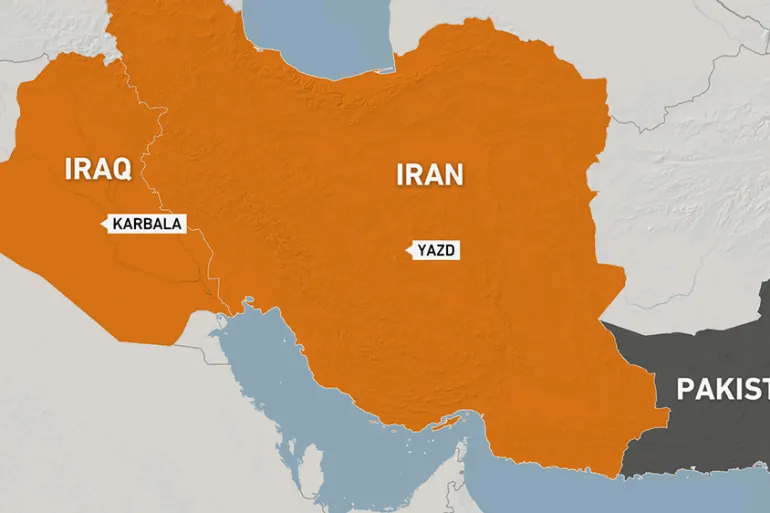On Sunday, Iran revealed its latest ballistic missile, named Etemad (meaning “trust” in Persian), showcasing its ability to travel 1,700 kilometers. The missile was unveiled at a ceremony in Tehran attended by President Masoud Pezeshkian, and was described as the most recent missile developed by the Iranian defense ministry.
The unveiling of the Etemad missile has raised alarm in Western countries, who have expressed growing concerns over Iran’s advancing missile program. These developments are seen as a destabilizing factor in the Middle East, particularly as Iran’s missiles, including this new design, have the capability to reach Israel—its long-standing adversary. Last year, Iran targeted Israel twice amid the escalation of the Gaza conflict.
In a televised address, Pezeshkian highlighted that the goal of developing such defense and space technologies is to ensure Iran’s territorial security and prevent foreign aggression. “The development of defense capabilities and space technologies… aims to ensure that no country dares to attack Iranian territory,” he said.
In addition to the missile, the ceremony featured the presentation of three domestically produced satellites. These included Navak, a 34-kilogram communications satellite, along with upgraded versions of the Pars-1 and Pars-2 satellites, which are designed for environmental monitoring, emergency response, and urban management.
The ceremony coincided with Iran’s National Aerospace Day and occurred just days before the 46th anniversary of the Islamic Republic’s founding on February 10, 1979.
This missile unveiling follows a series of military displays by Tehran, including large-scale exercises and the unveiling of underground military bases, particularly after U.S. President Donald Trump’s “maximum pressure” campaign during his first term. Just the day before, Iran also revealed the Ghadr-380 cruise missile, which has an anti-jamming capability and a range of over 1,000 kilometers.
Despite these military advancements, Iran has also shown a willingness to engage in nuclear negotiations, signaling a potential shift in its approach to ongoing tensions with the West over its nuclear program.
Having been cut off from U.S. military supplies following the 1979 Islamic Revolution, Iran has developed a robust arsenal of domestically-produced weapons, including missiles, air defense systems, and drones. This self-reliance in military technology comes after years of being under an arms embargo, particularly during the Iran-Iraq War (1980-1988).

















